
This parent guide supports parents in helping their child at home with the 2nd Grade Social Studies content.
- Subject:
- Social Studies
- Material Type:
- Curriculum
- Reference Material
- Vocabulary
- Author:
- Kelly Rawlston
- Letoria Lewis
- Date Added:
- 03/06/2023

This parent guide supports parents in helping their child at home with the 2nd Grade Social Studies content.

This resource accompanies our Rethink 2nd Grade Social Studies Geography unit. It includes ideas for use, ways to support exceptional children, ways to extend learning, digital resources and tools, tips for supporting English Language Learners and students with visual and hearing impairments. There are also ideas for offline learning.

This unit was created by the Rethink Education Content Development Team. This course is aligned to the NC Standards for 2nd Grade Social Studies in Geography.
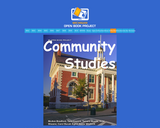
Second grade students in Michigan continue their integrative approach to social studies by focusing in on the local community. Students are introduced to a social environment larger than their immediate surroundings.
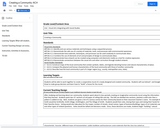
After learning about how a community functions and looking at how our local community works on a day to day basis. Students work together to create an imaginative community including all the elements that make a community run smooth. Students will use Google Draw to learn how to "draw" a house on a chromebook for the mural as well as using Kahoot! to take a survey about the naming the community, what materials to use, and what would students want to include to take the community complete.
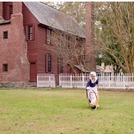
This virtual field trip from Historic Bath State Site is a fun way to learn more about a kid's life in the 18th century. The field trip packet contains ,links to YouTube videos of costumed interpreters demonstrating historic activities, pre- and post-watch content for educators that provide context and engagement, and follow-up activities (games, crafts, and coloring pages). Live Q&A can be booked as part of the field trip as well.
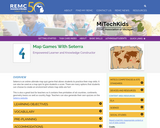
Seterra is an online ultimate map quiz game that allows students to practice their map skills. It can also be used as a map quiz to give students a score. There are many options that students can choose to create an environment where map skills are fun!
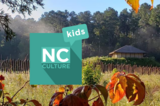
In this short video, students will learn the various ways people have gathered food across thousands of years.
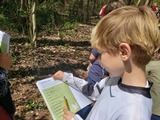
The NC Kids' Exploration Journals are a fun educational tool to help youth explore their communities and natural surroundings! Each journal contains: 18 multidisciplinary activities with guided prompts, 6 lined journal pages for recording observations and reflections, and 4 blank pages for individual creativity.
The digital versions of the journal are designed to be printed out for students either as individual activities or in its entirety so that they can explore their school yard, local park, or own backyard. Though designed for 1st - 5th-graders, older audiences may enjoy them too! They are also available in both English and Spanish languages.
While supplies last, hard copies of the journals are currently available for free to teachers by contacting karen.ipock@ncdcr.gov.
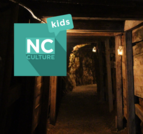
Did you know that gold was first discovered in the United States in North Carolina? In this short video, students can learn about what makes gold so special, this historic discovery, and how people searched for it in the past.

In third grade you learned about the geography of the state of Michigan. You may have studied the geography of Michigan by learning about what makes Michigan special. This year, in studying the geography of the United States, you will explore a similar question. It is centered around what makes the country in which we live special.
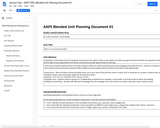
In this lesson, students explore where to find key locations within our school community (classrooms/playgrounds/ bathroom etc.) and who are located in these school community location (teachers/office staff/community helpers) that the students will interact with daily/weekly.
Group lesson - Who is located at home and what rooms are in your house? We will then create a simple chart to showcase our answers. Students then will decide on what rooms and people might also be located at the school.
Read aloud - PETE THE CAT: ROCKING IN MY SCHOOL SHOES
Scavenger Hunt - Students will go in groups of 1-3 (depending on behaviors) to complete a school walk to find key locations within the building.
Building a School Map - Students will take their knowledge from the scavenger hunt and transfer it to make a classroom map of his/her school.